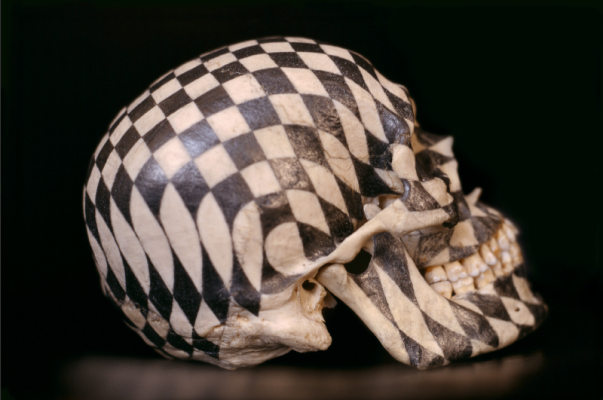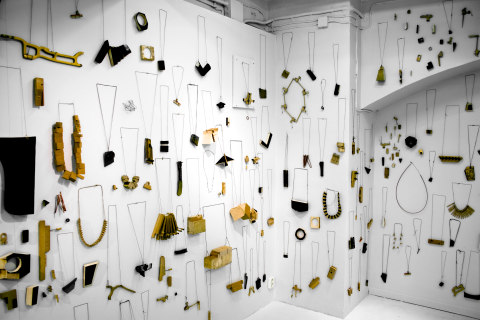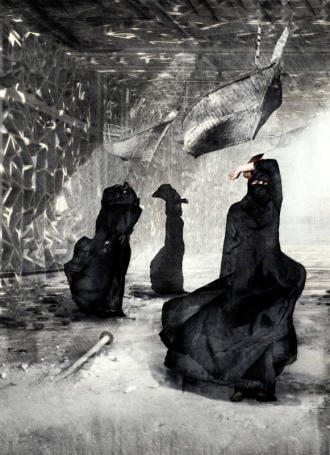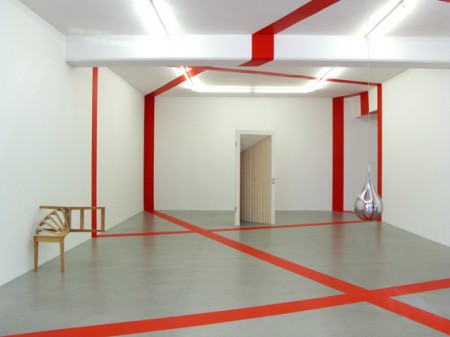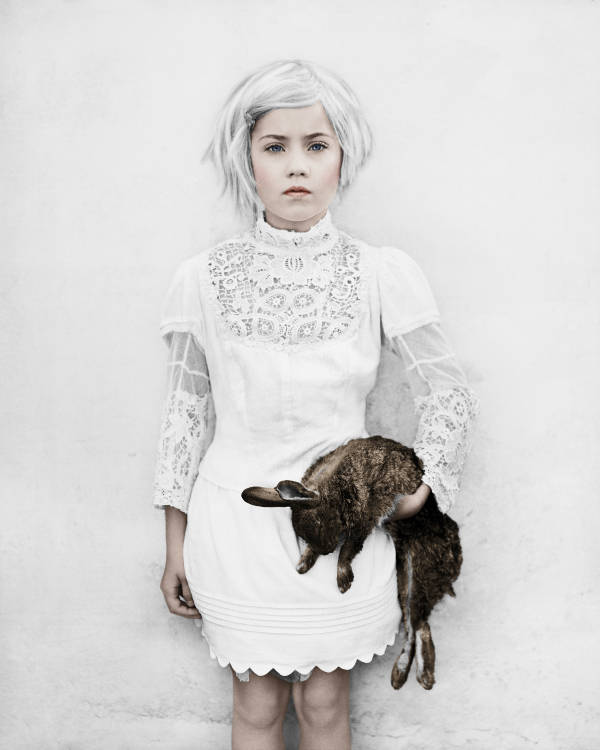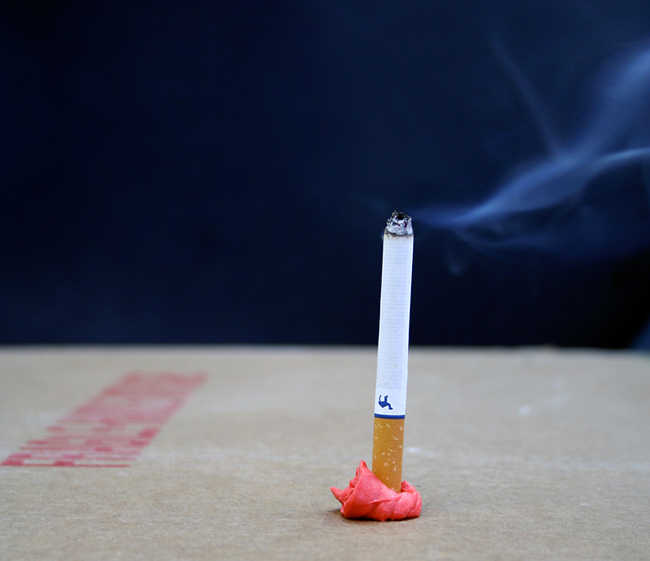| Gabriel Orozco, Black Kites Perspective (right), 1997, image: Collection Magasin 3 Stockholm Konsthall (Courtesy of Marian Goodman Gallery) |
Co-curated by Richard Julin, Elisabeth Millqvist, and Tessa Praun, ”Thrice Upon a Time” gracefully weaves the curators’ self-designed themes, maintaining a balance of 202 art works from 66 international artists working within various media—some established, others given an opportunity to show work for the first time in Sweden. More »
